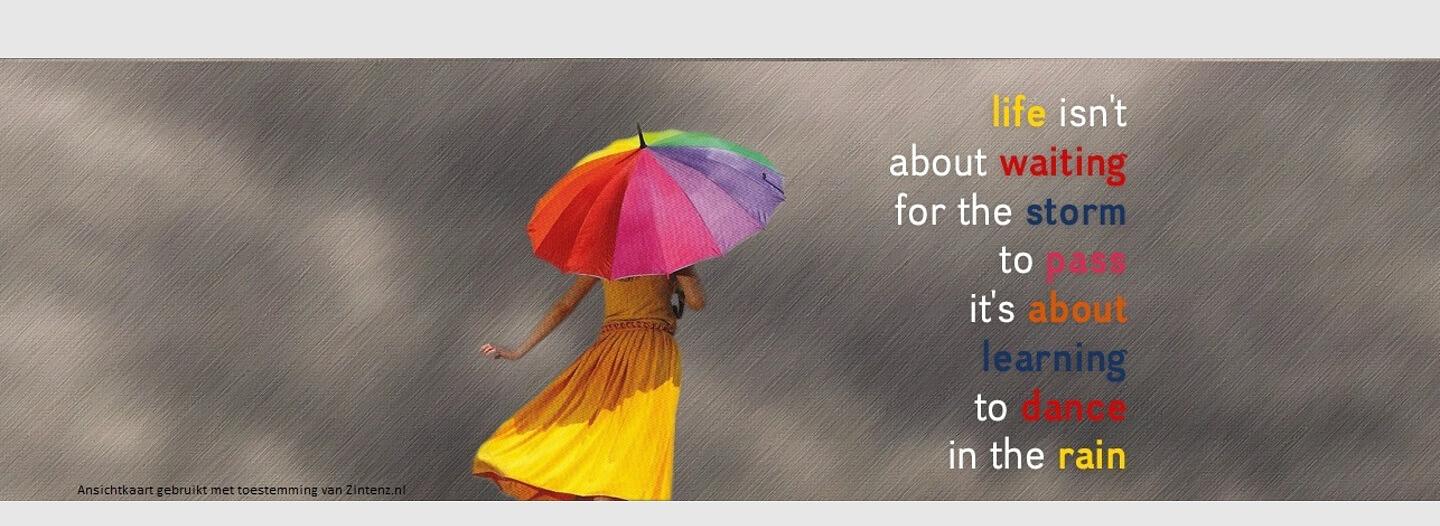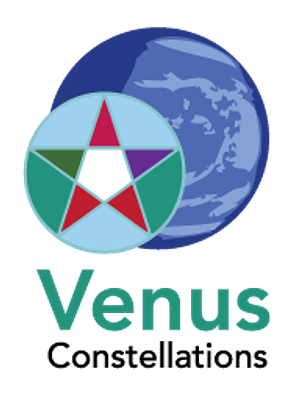
Burn-out & Trauma therapie
IoPT - Live or Online, Individual or in a Group
In this essay a comparison of the methods. It is not extensive, only to give you a general idea and opportunity to explore further. It is for the facilitator to find out what she/he likes best and what to use, upon your own skills and comfortability. And ofcourse you also take the preference of the client into account. There is no ‘best method’ and all methods can be used next to each other.
Vind hier de Nederlandse versie.
Before March 2020 we worked with IoPT in 2 ways: individual or in groups. Each one has its benefits.
Individual
Some traumatized people barely dare to do an individual work, for them a group is an absolutely unsafe environment. If 1:1 is not possible they will not do the work at all. You can slowly make them curious and give the freedom to feel if they are ready for optional groupwork.
The work is an exploration of the parts in a sequential way, so the client has more control over the process. They can explore their (child)parts one by one, with no other parts (i.e. parent entanglements) intervening the exploration, and realize that these are internal dynamics. They are getting used to the process of: express, listen inside, express, listen inside again and so on. The exploring of the different floormarkers teaches them to switch between the states. All parts are part of the client so the client never has to make the distinction that a resonator has to make as to whether a feeling is their own or is from the client.
If you use floormarkers and 2 markers are overlapping it makes entanglement very clear.
If only the client resonates on its own parts, they can resonate onto the level they dare to go at that moment. The downside of that is that there is the possibility they will never do the leap of faith and will not come through the barrier of survival strategies, the stakes are too high. The option for the facilitator is then to resonate on the parts, where you need to be sure that you make a clear distinction between you as facilitator and you as resonator.
Groups
Working in groups is another way of working, where resonators aid the client in understanding its inner dynamics. Groups can be very healing in not being alone in a difficult process and do give a smooth and welcome contact.
For some clients it is more difficult to see the resonants as parts of themselves when working in a group, that the work is an internal process instead of an external process.
The client is less in control, the process can take turns the client does not see coming, since the resonators have ‘nothing to lose’ so do not have to hold back on going into the depth of feeling. Also in a live group the resonators react on each other and they move around easily in space. So there is also a spatial relationship visible. Parts can touch and comfort each other and hug. But it can be that a group of people is overwhelming, especially if more talk at the same time, shout, or move around urgently. The parts can be extremely distracting and demanding.
For the facilitator working in a group is different, since the resonants validate any hypothesis the facilitator gives, also more experienced resonators feel more the road to take to a possible healing step and react on that from their role. As a facilitator you have to trust your resonators, to get the most out of a group process.
As a non-resonator in a group session, you can stand back, observe and choose not to get involved. But it is also possible that the process that evolves before you stirs something in you that makes you take a step in your own processes.
Zoom
Since March 2020 we had to find another way of working and it turns out that Zoom (or other videophone options) is not only an alternative, it has become a fully useful extra possibility to work. At this moment Zoom is the only platform that enables the rename function, which is very useful in the group process.
Group-zoom
Working with a group on Zoom does work wonderwell. The resonants chosen to work can rename themselves instead of wearing badges. The intention can be instead of, or behind the client's name. Resonating is as good as in live situations, regardless of the distance. To give the feedback to the client, resonants need a bit more explanation on what they experience or what is going on in their body, since we mostly see only from the shoulders up. Perception goes mostly through the eyes. This can also be an advantage: for the ADHD or HSP persons, who alert at every move of a resonator, not all movements are seen or heard.
Also sometimes explanation of the orientation of the tiles in Zoom is needed: the order of persons is not the same for everyone. Who do you point to, or who do you shy away from.
There is a bit more discipline where not all can talk together and a private discussion in between two parts is not possible. This is both an advantage and a disadvantage, although it benefits the client where he/she can see all that is going on. The survival parts are a bit restricted in showing the drama and the chance of being overwhelmed is a bit less than in live sessions. Where in a live situation a part can find a hiding place, on Zoom the part can hide out of sight from the camera. Which can have a deep impact on the client if e.g. her/his I vanishes. Zoom gives more focus on the parts, since all parts are seen at the same time.
If parts want to hug, on screen they can crawl into a side of the screen and tell to which other part they are leaning (orientation of tiles).
On the other hand, the process only makes the internal dynamics visible, it is an exploration and it is the inside of the one whose work it is. So the client needs to make the internal connection and not the connection outside to selflove and selfacceptation. For me it is an advantage that you háve to make the connection inside instead of outside.
An extra side effect with working on Zoom is that the client can see her/him self. So it gives another option in making contact with her/him self. Especially if the client and her/his parts are on their own on one screen, with no parents and no facilitator to be seen, it is very healing at the end of the process.
The people present, but not resonating, turn their video and audio off, they hold the space, but are not visible. That sharply focuses the process to what it is about. Especially when the facilitator also turns the video off. The facilitator can choose whether to appear at an intervention or only to use audio, where not to disrupt the process going on in between the parts. And depending on the process, sometimes it relaxes the client to see the facilitator: she/he is not alone in this process. You can also pop up, even without words, when several survival parts are quarreling amongst each other, the appearance of another face changes the dynamics immediately.
If you are with more facilitators or with a peer group you can also use private chat to someone who supports you - discuss the way you as a facilitator want to be supported beforehand. You can ask briefly to verify what you see, or when to intervene. This is very helpful to the facilitator and not interrupting the process that is going on.
When during a process the intervention is to bring in e.g. the mother, then only the people who are willing to resonate can show up, the client can choose, and all others turn their video off again. So again the focus is totally on the process of the client.
The benefit for a non-resonator is that he/she can walk around, sit/lie or drink and eat as he/she wants since the video and audio is off and it does not affect or distract the process.
What we do miss in the Zoom-group process is the informal chatting and connecting in the breaks, therefore it is good to give the option to keep the line open and just take your lunch in front of the camera, maybe even in break-out rooms.
Individual-zoom
IoPT in one-on-one sessions on Zoom can be the same as working in one room, if the client has floormarkers or cushions, however, it is not really necessary.
If the client has a few post-it notes and writes her/his intentionparts on the separate notes, by picking up the note it is like resonating on a floormarker. The client can stay seated or if she/he feels the urge also stand up and move around. Most of the time the client will stay seated and is able to switch from one part to the other by picking up another piece of paper.
In this process you also have the option for the client to see her/him self on video. You can use it as an extra possibility to make contact, or make visible how difficult it is to make contact with oneself. If the client is very insecure, or split off, you need to prepare the client that they meet themselves: guide them to be in contact with themselves. It really is a self-encounter, they need steps toward that, otherwise they can shut down if they do it.
Also tell that you will leave the screen and are in the background, present and available for them, and ready to come back if needed.
One feature is super: Zoom has no distance. Working internationally and contacting over large distances became instant. It is like being in the same room with somebody on the other side of the world. We made ourselves an international IoPT community.
No travelling, no hotels, no parking issues, no working spaces for groups, no coffee, tea, cookies, lunch etc to arrange for. If a client moves house to another (part of the) country, you can keep working together, and they don’t need to find another facilitator to trust.
You can make your own workspace behind the screen as comfortable as you like.
Needless to say that working online requires from all parties a stable connection, good camera/sound options, secure room (no disturbances or interferences or eavesdropping), no recordings etc.
As a facilitator dealing with a lockdown, you have the possibility to work with your clients online, so the healing processes don’t have to stop. You can let your clients choose how they like to have their sessions, or you can decide which form you prefer. And after lockdown, you are experienced to work online and have new opportunities.
So from 2 ways of facilitating IoPT, we now have 4 strong ways of facilitating.
A spin off from working online is working with voice messages on whatsapp. It is a non-synchronised form of working. You can use this when the time difference between client and facilitator hours is too big to find a mutual time window. The work is then spread over more hours or days, which both facilitator and client must be able to work with.
15-3-2021, Muriel Venus
with input from the Vivian Broughton IoPT Supervision Utrecht/Goch group.

